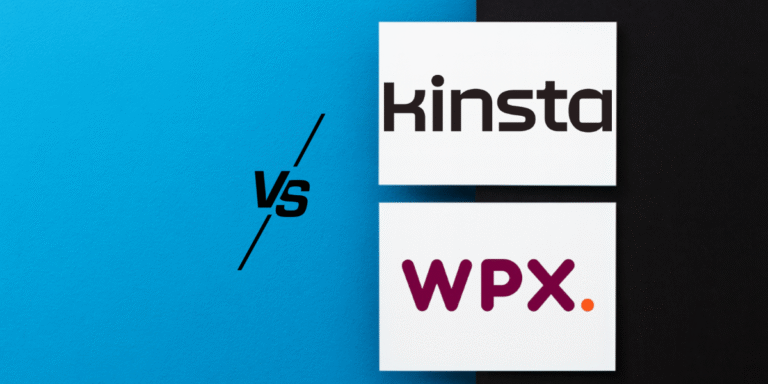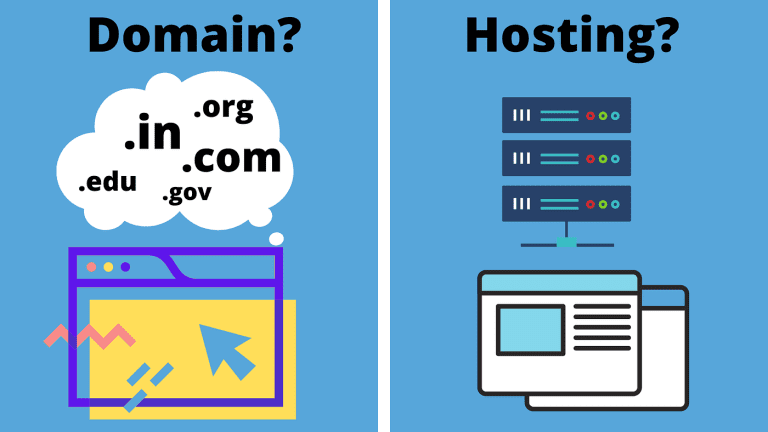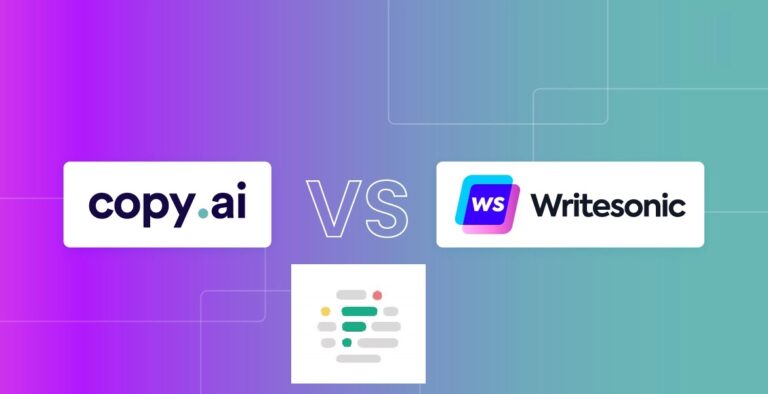How to Start a Blog with AI in 2025 (Powerful Start)

It’s time. Transform your blogging dreams into reality with AI – no tech wizardry required!
The Turning Point When I First Started
I recall that particular day vividly.
I was sitting in my creative corner of my studio apartment with my third cup of whiskey (don’t judge, it was a rough week), staring at a blank WordPress dashboard. I’d been “planning” to start my blog for months, but every time I sat down to write, my brain turned into absolute mush.
Sound familiar?
That night, something clicked. I realized I was trying to do everything the hard way when how to start a blog with AI was literally staring me in the face. Six months later, Blog Recode was pulling in consistent traffic, and I haven’t looked back since.
By the way, learn what AI blogging is before your competition does (and starts outranking you).
Today, I’m gonna walk you through exactly how to start a blog with AI – the same process that turned my procrastinating ass into someone who actually publishes content regularly.
Why Starting a Blog with AI Isn’t Cheating (It’s Smart AF)
Let me bust a myth right now: Using AI to start your blog isn’t cheating. It’s called being efficient.
When I first started blogging the “traditional” way, I’d spend 6 hours on a single post.
Now? I can research, outline, write, and optimize a blog post in under 2 hours using AI tools. The secret sauce isn’t replacing your creativity – it’s amplifying it.
Here’s what changed for me when I learned how to start a blog with AI:
- Research time: Cut from 2 hours to 30 minutes
- Writing speed: Increased by 300%
- SEO optimization: From guesswork to data-driven decisions
- Content consistency: From sporadic posts to regular publishing
Quick reality check, though – AI isn’t magic. You still need to bring your personality, experiences, and unique perspective to the table. Think of AI as your research assistant and writing buddy, not your replacement.
Step 1: Choose Your Blogging Platform (The Foundation That Won’t Crumble)
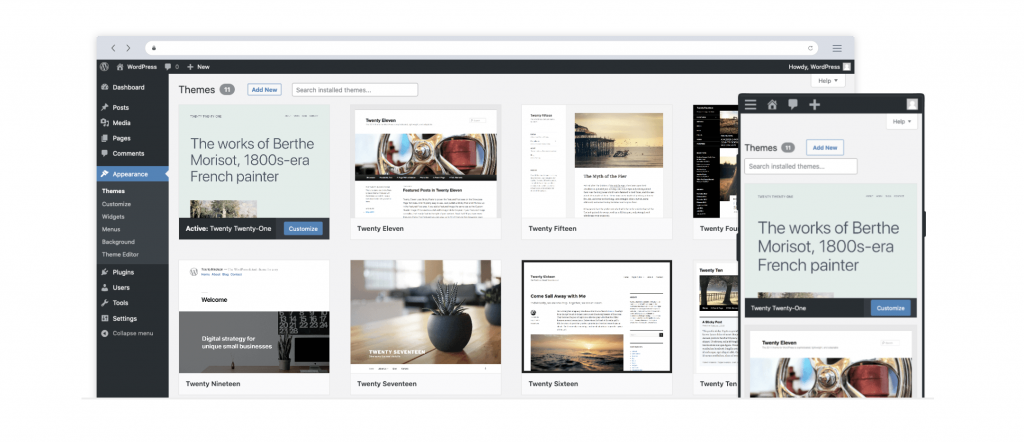
Before we dive into the AI magic, you need a solid foundation. Here’s my honest take on platforms after testing pretty much everything:
WordPress.org (My Personal Favorite)
Why I love it: Complete control, endless customization, and it works beautifully with AI tools.
The catch: Requires hosting (I use WPX Hosting – been solid for 3 years now)
Cost: $3-15/month for hosting + domain (Beginners can go with Fastcomet or Greengeeks)
WordPress.com
The good: Easier setup, built-in hosting
The meh: Limited customization on free plans
Cost: Free to $45/month
Ghost
Perfect for: Minimalist writers who want a clean design
AI integration: Works well with third-party AI tools
Cost: $9/month
My verdict? If you’re serious about learning how to start a blog with AI and want room to grow, go with WordPress.org. Trust me on this one.
Step 2: Pick Your AI Writing Sidekick (The Game-Changers)

This is where the magic happens. After testing dozens of AI tools (yes, I have a problem), here are the ones that truly deliver:
ChatGPT Plus ($20/month)
What I use it for: Content ideation, research, and first drafts
Real talk: The recently introduced ChatGPT Pro tier at $200/month targets power users, but honestly, the $20 Plus plan is perfect for most bloggers.
My workflow with ChatGPT:
- Generate 10 blog post ideas in my niche
- Create detailed outlines
- Research competitor content
- Draft sections when I’m stuck
Claude Sonnet 4 (My Secret Weapon)
Why I’m obsessed: Better at understanding context and maintaining my voice
Cost: Similar to ChatGPT Plus
Best for: Long-form content and editing
SEOWriting AI (Starting at $14/month)

The specialty: AI-powered tool designed for generating SEO-optimized articles, blog posts, and affiliate content. Features include one-click content generation, bulk article creation, WordPress integration, and AI image generation.
When I use it: To produce SEO-optimized content efficiently, especially for affiliate marketing and blog posts.
Frase AI (Starting at $45/month)

The specialty: an AI-powered platform designed for SEO content creation and optimization. Features include content briefs, keyword research, SERP analysis, and AI writing assistance.
When I use it: To streamline content planning, enhance SEO strategies, and generate optimized content efficiently.
Rytr (Starting at $9/month)
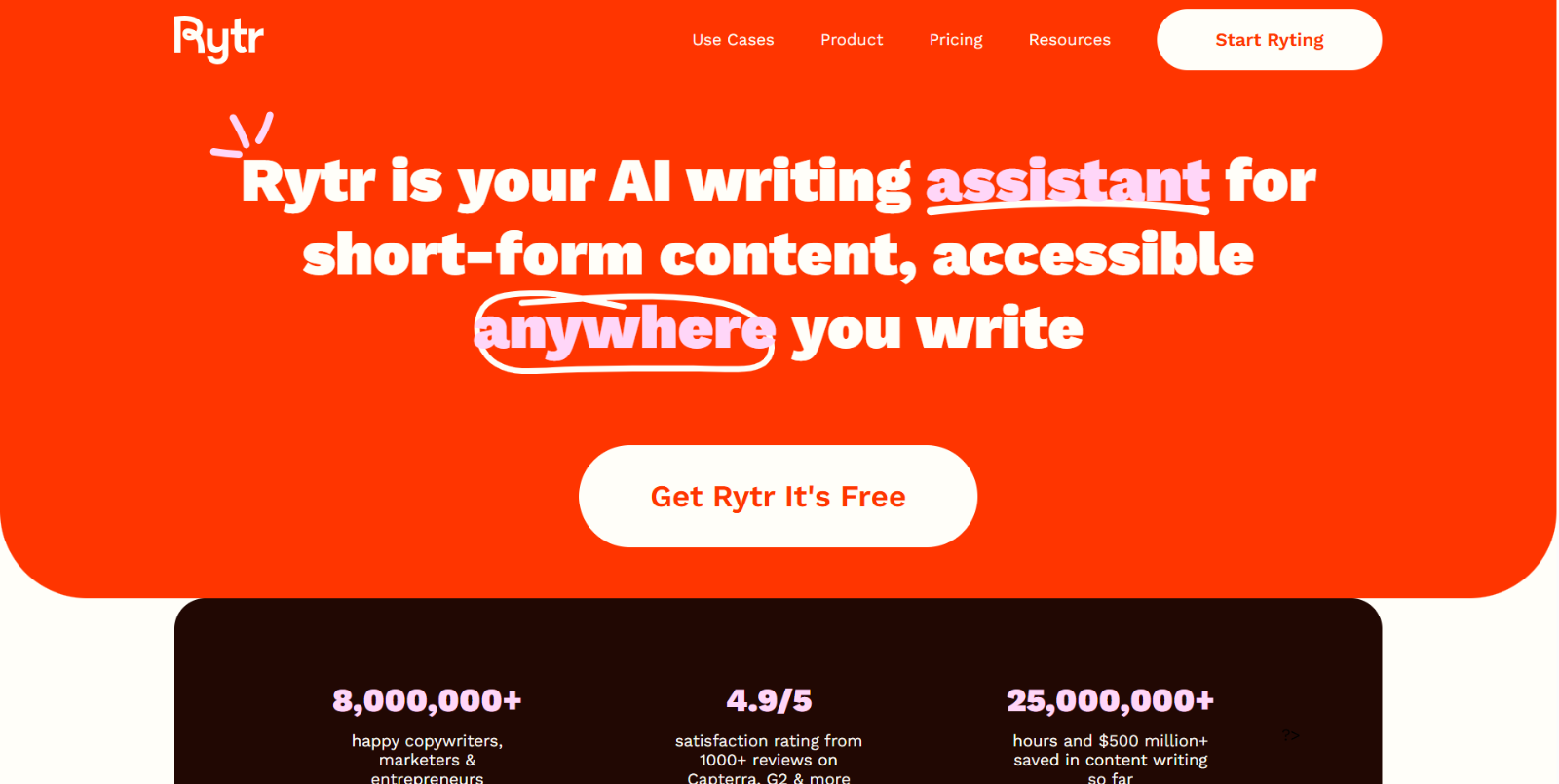
The specialty: An AI-powered writing assistant offering over 40 use cases, including blog posts, emails, and social media content. Features include multilingual support, plagiarism detection, and customizable tones of voice.
When I use it: For generating short to medium-length content quickly, such as product descriptions, social media posts, and email drafts.
RightBlogger ($29/month)

Why bloggers love it: RightBlogger is the best AI blog tool for bloggers. Use 80+ powerful tools to research keywords, write SEO-optimized posts 10x faster
My take: Specifically built for bloggers, which shows in the features.
QuillBot (Starting at $14.95/month)

The specialty: An AI-powered writing and paraphrasing tool designed to improve clarity, grammar, and style. Features include a paraphraser, grammar checker, summarizer, citation generator, and multiple writing modes.
When I use it: To rewrite content, enhance readability, summarize long articles, and polish blog posts or academic writing quickly.
Jasper AI ($49/month)
The specialty: Its free version is available with 2000 words monthly, and it costs $49 per month for the Starter Pack
When I use it: SEO-optimized content templates
Start here: Pick ONE tool to begin with. I recommend RightBlogger, ChatGPT Plus, or SEOWriting AI because they are versatile and affordable. You can always add more later.
Step 3: Master the Art of AI Prompting

Here’s where most people fuck up when learning how to start a blog with AI – they give terrible prompts and wonder why the output sucks.
Keep in mind that good prompts are your new superpowers.
The Anatomy of a Killer AI Prompt
Bad prompt: “Write a blog post about productivity.”
Good prompt: “I’m a 30-year-old freelance designer struggling with time management. Write a 1,500-word blog post about productivity tips that actually work for creative professionals. Include personal anecdotes (make them realistic), actionable tips, and a conversational tone like you’re talking to a friend over coffee.”
My Go-To Prompt Templates
For blog post ideas:
Generate 15 blog post ideas for [your niche] that would rank well in Google. Focus on problems my audience faces daily. Include search volume potential and difficulty level for each idea.
For outlines:
Create a detailed outline for a blog post titled "[Your Title]". Include:
- Hook opening
- 3-5 main sections with subpoints
- Personal story opportunities
- Call-to-action ideas
- SEO optimization suggestions
Target word count: [X] words
For content creation:
Write the introduction for a blog post about "[topic]". Make it conversational, include a personal anecdote, and hook readers immediately. Write like you're explaining to a friend, not giving a lecture.
Step 4: Research Keywords Like a Pro

When I started learning how to start a blog with AI, I made the mistake of ignoring SEO.
Don’t be me. Also, don’t drown in data.
Free AI-Powered Keyword Research
AnswerThePublic + AI combo:
- Enter your main topic in AnswerThePublic
- Copy the questions it generates
- Paste into ChatGPT: “Analyze these questions and suggest 10 blog post topics with low competition potential.”
Google’s AI in search:
- Type your topic + “questions”
- Look at “People also ask”
- Use AI to expand on these ideas
Paid Tools That Work
SE Ranking + AI: Use SE Ranking for accurate rank tracking, competitor analysis, and keyword insights, then pair it with AI to generate content briefs, outline strategies, and optimize articles for higher SERP visibility.
SEMrush + AI: Use SEMrush for keyword research, then ask AI to create content briefs based on top-ranking competitors.
Surfer SEO ($49/month): SurferSEO is a great tool for optimizing your content. It tells you which keywords you need to add to your content and how many times a keyword needs to be added
Step 5: Create Your Content Strategy
Random posting is how blogs die. Trust me, I’ve killed a few with inconsistency.
Here is my exact framework that works.
The AI-Powered Editorial Calendar
My monthly process:
- Week 1: Use AI to generate 20 content ideas
- Week 2: Research and validate 8 ideas using keyword tools
- Week 3: Create outlines for chosen topics with AI help
- Week 4: Batch write 4 posts using AI assistance
Content pillars I stick to:
- 40% Educational (tutorials, guides)
- 30% Personal experiences/stories
- 20% Industry news and trends
- 10% Product reviews and recommendations
AI Tools for Content Planning
Notion + AI: I use Notion’s AI features to maintain my editorial calendar and generate content ideas based on my existing posts.
Frase.io ($45/month): The Starter plan is $45/mo and includes 1 user with 15 content projects/month—a solid balance for freelancers and small teams. If you need more seats and higher volume, the Professional plan is $115/mo with 3 user seats and 75 projects/month (add extra users for $25/mo; Enterprise available).
Step 6: Write with AI (Without Losing Your Soul)
This is where the rubber meets the road in learning how to start a blog with AI.
My AI Writing Process
1. Brain dump with AI:
- Start with: “Let’s brainstorm ideas about [topic]. I want to cover [specific angle] for [target audience].”
- Get the creative juices flowing
2. Create the skeleton:
- “Based on our brainstorm, create a detailed outline for a [word count] post.”
- Adjust and personalize the structure
3. Section-by-section writing:
- Write one section at a time with AI help
- Add personal stories and experiences
- Keep my voice dominant, AI as support
4. The personality injection:
- Read through and add my quirks, humor, and opinions
- This is where your blog becomes YOURS, not just another AI blog
Maintaining Authenticity
Do:
- Use AI for research and structure
- Let AI help overcome writer’s block
- Use it for editing and improvement suggestions
Don’t:
- Publish AI content without editing
- Lose your personal voice
- Skip the human touch completely
Step 7: Optimize for SEO (Because Traffic Matters)

AI can make SEO optimization so much easier. Here’s how I do it:
AI-Powered SEO Workflow
1. Keyword optimization: Prompt: “Analyze this blog post and suggest where to naturally include the focus keyword ‘[your keyword]’ 8-12 times without keyword stuffing“
2. Meta descriptions: “Create 3 compelling meta descriptions under 160 characters for this blog post about ‘[topic]’. Include the focus keyword and a call-to-action.“
3. Header optimization: “Suggest H2 and H3 headings for this blog post that include variations of ‘[focus keyword]’ while maintaining readability“.
Tools That Play Nice with AI
RankMath: Free WordPress plugin that works great with AI-generated content
SureRank: New kid in town, zero bloat.
Yoast SEO: Classic choice, solid AI integration
Surfer AI: Surfer AI Writer is an AI-powered writing tool that creates SEO-optimized articles for your blog
Step 8: Establish Your Publishing Workflow
Listen, consistency is queen, and without a system, even the best AI tools won’t save you from publishing inconsistently.
My Weekly AI-Assisted Routine
Monday: Content planning with AI brainstorming
Tuesday: Research and outline creation
Wednesday-Thursday: Writing sessions with AI support
Friday: Editing, SEO optimization, and scheduling
Saturday: Promotion and engagement
Sunday: Analytics review and next week planning
Batch Processing with AI
Content creation batches:
- Research 4 topics at once
- Create outlines for all 4
- Write all introductions in one session
- Complete full posts one by one
This approach leverages AI efficiency while maintaining quality control.
Step 9: Design Your Blog (Make It Pretty, Not Perfect)

Visual design matters, but don’t let it paralyze you when learning how to start a blog with AI.
AI Design Tools That Don’t Suck
Canva’s AI features: Perfect for blog graphics and featured images
Adobe Express: Good AI-powered design suggestions
Figma with AI plugins: For more advanced design work
WordPress Themes That Love AI Content
GeneratePress: Clean, fast, works great with any content
Astra: Tons of customization, AI-friendly
Kadence: Modern design, excellent for content-heavy blogs
Divi: Drag-and-Drop Visual Builder, All-in-One Flexibility + Cost Savings
My take: Pick a theme, customize it lightly, and focus on content. You can always redesign later when you’re making money. I recommend any of the above.
Step 10: Launch and Promote (Getting Eyeballs on Your Content)

This is the ultimate goal of your journey to learn how to start a blog with AI. Publishing is just the beginning. Here’s how AI helps with promotion:
AI-Powered Social Media
Content repurposing prompt: “Take this blog post and create 5 different social media posts for Twitter, LinkedIn, and Instagram. Vary the angles and include relevant hashtags.” I recommend Repurpose.io for this.
Email newsletter creation: “Turn this blog post into a conversational email newsletter. Keep the key points, but make it feel like I’m writing to a friend.”
AI Tools for Promotion
Ocoya: AI-Powered copywriting (Travis AI) – Instantly generate captions, hashtags, and ad copy tailored for engagement and conversions. Schedule, Collaborate, and more.
Buffer’s AI assistant: Helps schedule and optimize social posts
Kit’s AI features: Email marketing automation
Jasper’s social media templates: Quick content adaptation
Advanced AI Blogging Strategies (Level Up Your Game)
Once you’ve mastered the basics of how to start a blog with AI, here are some advanced tactics:
Content Cluster Creation
Use AI to identify related subtopics and create comprehensive content clusters that dominate search results.
Competitor Analysis with AI
“Analyze these top 5 competing blog posts about [topic] and suggest how I can create something better and more comprehensive.“
Voice and Tone Consistency
Create an AI prompt template that captures your unique voice: “Write in Mia’s style: conversational, slightly sarcastic, helpful, uses personal anecdotes, speaks directly to readers like friends.“
Common AI Blogging Mistakes (Learn from My Failures)
Mistake #1: Over-relying on AI. I once published a post that was 90% AI-generated. It performed terribly because it lacked personality and real insights.
Mistake #2: Ignoring fact-checking, AI can hallucinate facts. Always verify information, especially statistics and claims.
Mistake #3: Generic prompts. Lazy prompts = lazy content. Invest time in crafting specific, detailed prompts.
Mistake #4: Skipping the editing phase. AI needs a human editor. Always review, revise, and inject your personality.
Tools and Budget Breakdown (Real Numbers)
Starter Budget ($50-100/month)
- WordPress hosting: $2.95/month (GreenGeeks) or $20.83/month (WPX Hosting)
- Domain: $15/year
- ChatGPT Plus: $20/month or just use the free version.
- Rytr: $9/month
- Canva Pro: $12.99/month
- Total: ~$50-70/month
Intermediate Budget ($200-300/month)
- WordPress hosting: $49.99/month (WPX Professional) or $4.99/month (FastComet Extra)
- SEOWriting AI (Starting at $14/month)
- Frase AI: $20/month
- Surfer SEO: $49/month
- RightBlogger: $29/month
- Design tools: $30/month
- Total: ~$200+/month
Pro Budget ($500+/month)
Add enterprise AI tools, premium themes, advanced SEO tools, and content promotion services.
Start small and scale up. I began with just WordPress hosting and ChatGPT Plus.
Measuring Success (Numbers That Matter)

Key Metrics to Track
Traffic growth: Month-over-month organic traffic increases
Engagement: Time on page, bounce rate, comments
Conversions: Email signups, affiliate clicks, product sales
Content efficiency: Posts published per month, writing time per post
AI Analytics Tools
Google Analytics + AI insights: Use ChatGPT to analyze your GA4 data
MonsterInsights: WordPress plugin with AI-powered reporting
Content performance analysis: Ask AI to identify patterns in your top-performing posts
Growing Your AI-Powered Blog (Scaling Strategies)
Content Expansion
- Repurpose blog posts into podcasts (hire voice talent if camera-shy like me)
- Create downloadable resources
- Develop online courses from your blog content
Monetization with AI
- Affiliate marketing: Use AI to optimize product comparisons and reviews
- Digital products: Let AI help create lead magnets and mini-courses
- Client work: Your AI skills become a service offering (Bytha, reach me via Mia Elvasia if you need personalized AI services)
Building Authority
- Guest posting (AI helps with pitch creation and content)
- Speaking opportunities (AI-generated talk outlines)
- Industry collaboration and networking
Staying Updated in AI Blogging
The AI landscape changes faster than my mood on Monday mornings. Here’s how I stay current:
Resources I Actually Use
Newsletters:
- PromptWired (AI Newsletter)
- The Rundown AI (daily AI news)
- AI Tool Report (weekly tool reviews)
- Morning Brew AI (business focus)
Communities:
- AI writers Discord groups
- LinkedIn AI content creator communities
- Reddit r/ChatGPT and r/artificial
Testing approach:
- Try one new AI tool per month
- A/B test AI-generated vs. traditional content
- Document what works for my audience
Future-Proofing Your AI Blog
AI will keep evolving, but good content principles remain constant:
Focus on:
- Solving real problems for real people
- Building genuine connections with readers
- Providing unique insights and perspectives
- Maintaining authenticity in your voice
Stay flexible:
- Experiment with new AI features
- Adapt to algorithm changes
- Diversify your content formats
- Build direct audience relationships
Ready to Start Your AI Blogging Journey?
Learning how to start a blog with AI isn’t just about the tools – it’s about leveraging technology to amplify your unique voice and serve your audience better.
Your next steps:
- Choose your blogging platform (I recommend WordPress.org)
- Sign up for RightBlogger, ChatGPT Plus, or Claude
- Pick your first 5 blog topics
- Write your first AI-assisted post this week
- Publish consistently and refine your process
Remember, the best blog is the one you actually start and stick with. AI makes it easier, but your commitment makes it successful.
Start today. Your future readers are waiting.
FAQs About Starting a Blog with AI
Can I really start a successful blog using AI tools?
Absolutely! AI tools are game-changers for research, writing assistance, and content optimization.
However, success still requires your unique perspective, consistency, and genuine value for readers. AI amplifies your efforts but doesn’t replace your creativity and personality.
How much does it cost to start a blog with AI?
You can start with as little as $50/month, including hosting, domain, and ChatGPT Plus ($20). Premium setups with advanced AI tools might run $200-300/month, but start small and scale based on your results.
Will Google penalize AI-generated content?
Google doesn’t penalize AI content specifically – they care about quality, helpfulness, and user experience.
The key is using AI as a writing assistant while adding your expertise, experiences, and unique insights. Always edit and personalize AI-generated content.
Which AI writing tool is best for beginners?
ChatGPT Plus ($20/month) is perfect for beginners learning how to start a blog with AI. It’s versatile, affordable, and handles everything from ideation to writing assistance.
You can always add specialized tools like Frase or RightBlogger later.
How do I maintain my unique voice when using AI?
Use AI for structure, research, and overcoming writer’s block, but always inject your personality, experiences, and opinions.
Create detailed prompts that capture your voice, and extensively edit AI output to match your style and tone.
Can AI help with blog SEO?
Yes! AI excels at keyword research, meta descriptions, content optimization, and competitor analysis. Tools like Surfer SEO and RankMath integrate well with AI workflows.
Use AI to identify opportunities, then create genuinely helpful content around those keywords.
How long does it take to see results from AI-assisted blogging?
Typical SEO timelines apply – expect 3-6 months for organic traffic growth. However, AI helps you publish more consistently and optimize better, potentially accelerating results.
Focus on creating valuable content and building audience relationships from day one.
Should I disclose when I use AI for blog writing?
While not legally required, transparency builds trust. You don’t need to flag every AI-assisted sentence, but mentioning your AI-powered workflow in your about page or author bio can actually be a selling point for efficiency-minded readers.
What’s the biggest mistake new AI bloggers make?
Over-relying on AI without adding personal value. Publishing generic AI content without editing, fact-checking, or injecting personality leads to poor engagement and rankings.
Use AI as your assistant, not your replacement.
How do I come up with blog topics using AI?
Try this prompt: “Generate 20 blog post ideas for [your niche] focusing on problems my audience faces daily. Include potential search volume and difficulty level.”
Then, validate ideas with keyword research tools and your audience’s actual questions.
Ready to transform your blogging game with AI? Stop planning and start publishing. Your unique voice + AI efficiency = unstoppable content creation machine.
Start your WordPress blog today and join thousands of smart bloggers leveraging AI to grow faster than ever.

